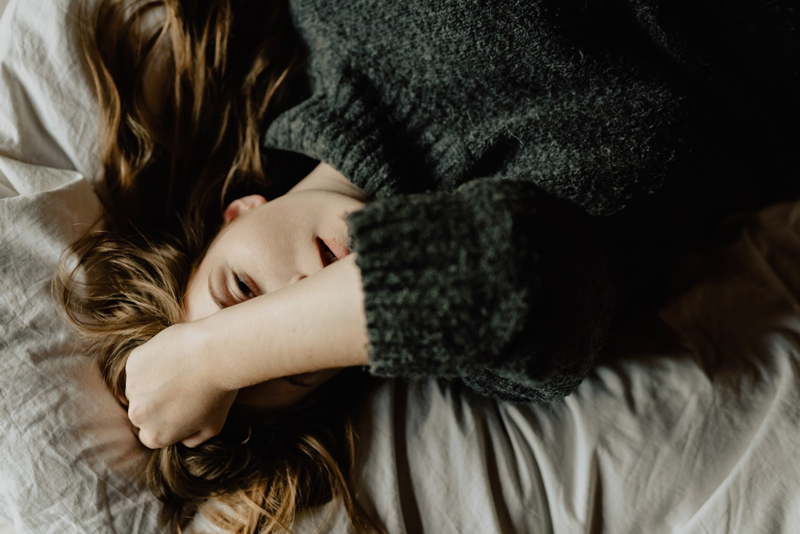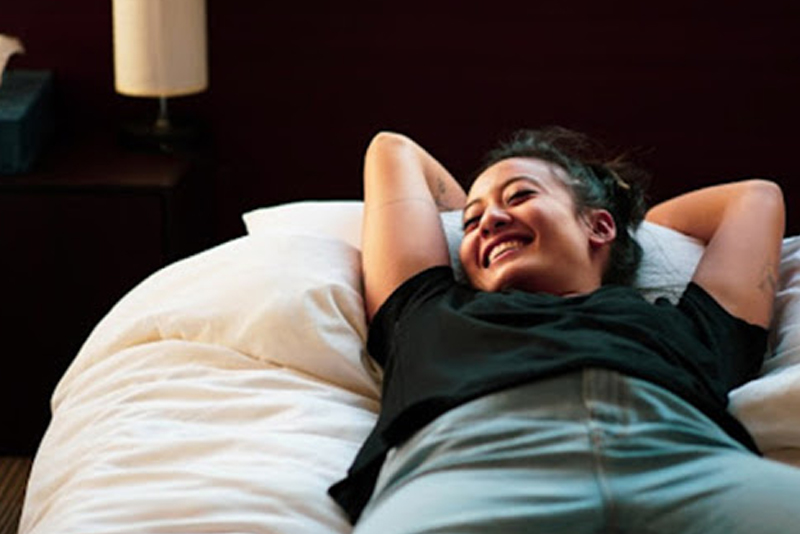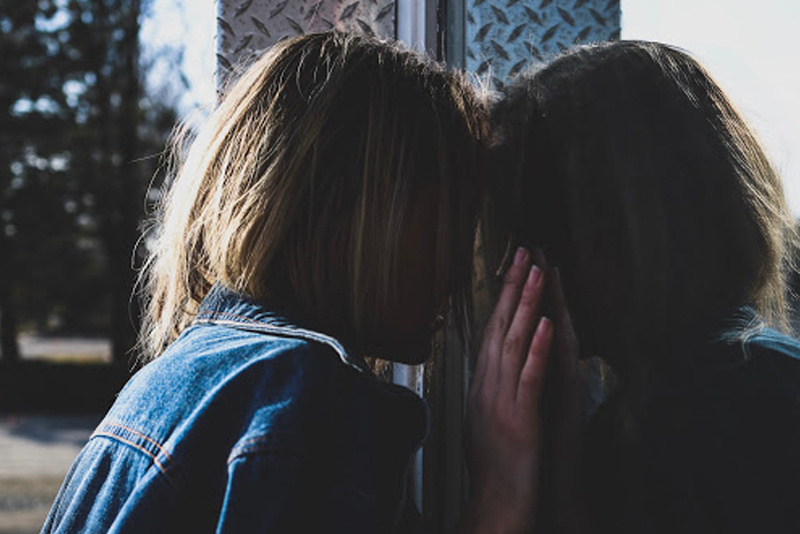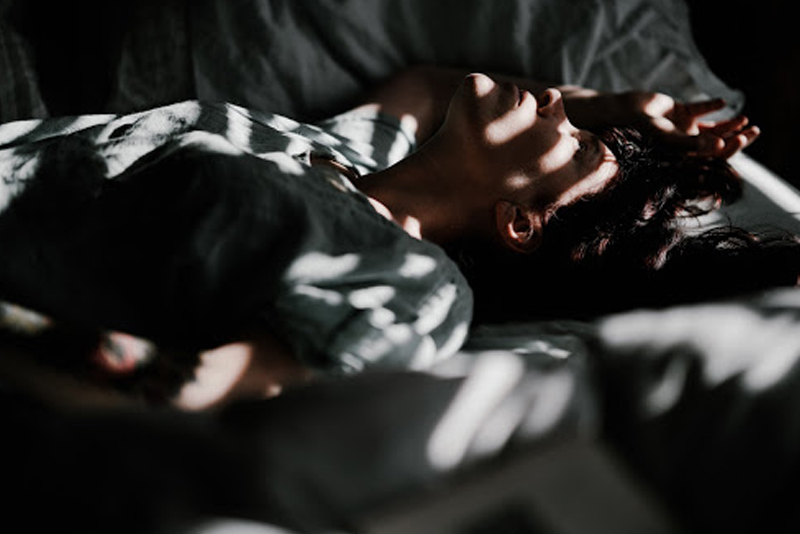Sleep Latency – Did you know that the time it takes for you to fall asleep can indicate how healthy your sleep cycle is? It can also suggest whether you get sufficient sleep time and if you’re suffering from sleep disorders such as sleep apnea, insomnia or narcolepsy.
Sleep Latency
What Is Sleep Latency
What Is The Multiple Sleep Latency Test
Sleep Disorders Diagnosed By MSL: A Closer Look
How To Achieve Healthy Sleep Latency

What Is Sleep Latency?
Ideally, sleep should not take too long to happen once a person turns the lights off. However, some people, especially those who have a hard time falling asleep, may find sleep to be elusive. In scientific terms, sleep latency, also known as sleep onset latency or SOL, is the duration of time it takes for a person to fall asleep and transition into the sleep stages. Sleep latency is a critical factor to consider in conducting a nap study since a person’s level of sleepiness can show changes in their circadian rhythm on the EEG [1].
Is sleep latency important?
Sleep latency is significant because it indicates whether an individual has good sleep efficiency. If you can fall asleep when you lie in bed and stay asleep for the duration of the night without taking any sleep medicine, then your ability to get a restful sleep is optimal. However, for people who have trouble falling asleep and for those who experience sleep disturbances throughout the night, a low sleep efficiency is likely to blame, and can often result in sleep debt [2].
What is the ideal sleep latency?
According to experts, the ideal sleep latency time is between 15-20 minutes. Falling asleep too fast can be an indication of sleep deprivation and in some instances when coupled with snoring, sleep apnea. Depression is also linked to very short sleep latency. Falling asleep too long, on the other hand, can cause prolonged wakefulness and insomnia [3].
Impact of sleep latency on the sleep cycle
A person’s total sleep is divided into two stages of sleep: the REM or rapid eye movement stage and the NREM or non-rapid eye movement stage. The rapid eye movement stage is where dreaming occurs. During the non-rapid eye movement stage, the muscles relax, the heart rate decreases and deep sleep occurs. Healthy sleep latency is vital in achieving all four stages in one sleep cycle. While the required total sleep time may vary from person to person, getting a full night’s rest is important for all bodies to recharge and recuperate [4].
Sleep Latency
What Is Sleep Latency
What Is The Multiple Sleep Latency Test
Sleep Disorders Diagnosed By MSL: A Closer Look
How To Achieve Healthy Sleep Latency

What Is The Multiple Sleep Latency Test?
The Multiple Sleep Latency Test or MSLT is a sleep test specially designed to determine the length of time you fall asleep in a quiet environment. The overnight sleep study also measures daytime sleepiness and can legitimately diagnose narcolepsy, obstructive sleep apnea or OSA, idiopathic hypersomnia, and other sleep disorders. Patients are recommended to undergo an MSLT if the doctor suspects symptoms of excessive daytime sleepiness. The Multiple Sleep Latency Test can only be administered at a sleep center that follows AASM Guidelines [5].
Sleep Latency
What Is Sleep Latency
What Is The Multiple Sleep Latency Test
Sleep Disorders Diagnosed By MSL: A Closer Look
How To Achieve Healthy Sleep Latency

Sleep Disorders Diagnosed By MSL: A Closer Look
Narcolepsy
Narcolepsy is the second most common cause of daytime sleepiness and affects 1 in 2000 people. People with narcolepsy experience excessive sleepiness, cataplexy or sudden loss of muscle tone, sleep paralysis, and vivid hallucinations. Only one in three patients will suffer all of the symptoms. The diagnosis of narcolepsy requires a sleep study called the polysomnography (PSG) and a multiple sleep latency sleep test [6].
Sleep apnea
Sleep apnea is a sleep disorder that disturbs a person’s breathing during sleep often resulting in choking, gasping or snoring. Snoring occurs when the tissues in the throat vibrate and disrupt airflow. A multiple sleep latency (MSLT) sleep test can quickly detect sleep apnea. However, in recent times the use of this clinical study has significantly decreased because in general, doctors can diagnose sleep apnea based on the apparent symptoms [7].
Idiopathic hypersomnia
Idiopathic hypersomnia is also a sleep disorder that can be detected by a wakefulness test. A person that has idiopathic hypersomnia suffers from excessive sleepiness during the day despite taking a nap and has trouble waking up from sleep. It can sometimes be mistaken for narcolepsy. However, unlike narcolepsy, idiopathic hypersomnia does not involve losing muscle control. Moreover, the symptoms of this sleep disorder are not as easily identifiable as with narcolepsy [8].
Sleep Latency
What Is Sleep Latency
What Is The Multiple Sleep Latency Test
Sleep Disorders Diagnosed By MSL: A Closer Look
How To Achieve Healthy Sleep Latency

How To Achieve Healthy Sleep Latency
Avoid blue light before bedtime
Blue light, that is the artificial light that comes from mobile phones and computers tricks your body into thinking that it’s still daytime. As a result, you will tend to stay awake and sleep onset will be prolonged. Blue light also reduces the sleep hormone melatonin which helps to induce sleep. To avoid blue light before bedtime, turn off or stop using your mobile phones and computers a few hours before you go to bed [9].
Avoid coffee at night
While it is undeniable that caffeine yields some health benefits, a single dose of caffeine can stimulate your central nervous system making it near-impossible to sleep. Since caffeine can stay in your blood for up to eight hours, it is recommended that your last cup of coffee should be taken no later than early afternoon. That is to ensure that you don’t have trouble falling asleep at night [10].
Create a comfortable sleep environment
A cozy, sleep-inducing bedroom is key to achieving a good night’s rest. That means investing in heavy curtains that can block out light, a good set of beddings and pillows, noise-reducing devices and even an essential oil diffuser. Make sure your bedroom is quiet, relaxing, and clean [11].
Sleep Latency
What Is Sleep Latency
What Is The Multiple Sleep Latency Test
Sleep Disorders Diagnosed By MSL: A Closer Look
How To Achieve Healthy Sleep Latency
Sleep Latency References:
[1] US National Library of Medicine, National Institutes of Health; How to interpret the results of a sleep study, Deepak Shrivastava, MD, Syung Jung, MD, Mohsen Saadat, DO, Roopa Sirohi, MD, Keri Crewson, MD, 2014.
[2] Very Well Health; Sleep Latency and Its Impact on Your Sleep, Brandon Peters, MD, September 10, 2018.
[3] Sleepopolis; What Is Sleep Latency, And Why Does It Matter?, Laura Schwecherl, October 11, 2018.
[4] Cleveland Clinic; Sleep Disorders, Li Ling Lim, MD, November 2017.
[5] Alaska Sleep Clinic; Multiple Sleep Latency Test (MSLT), How Naps Can Diagnose Sleep Disorders, Kevin Phillips, May 15, 2015.
[6] Very Well Health; Diagnosis of Narcolepsy: The Role of Multiple Sleep Latency Testing, Brandon Peters, MD, June 26, 2018.
[7] Medscape; What is the role of the multiple sleep latency test (MSLT) in the diagnosis of obstructive sleep apnea (OSA)?, Himanshu Wickramasinghe, MD, MBBS, Zab Mosenifar, MD, FACP, FCCP, November 30, 2018.
[8] Medline Plus; Idiopathic hypersomnia.
[9] US National Library of Medicine, National Institutions of Health; Exposure to Room Light before Bedtime Suppresses Melatonin Onset and Shortens Melatonin Duration in Humans, Joshua J. Gooley, Kyle Chamberlain, Kurt A. Smith, Sat Bir S. Khalsa, Shantha M. W. Rajaratnam, Eliza Van Reen, Jamie M. Zeitzer, Charles A. Czeisler, Steven W. Lockley, March 2011.
[10] US National Library of Medicine, National Institutions of Health; Caffeine effects on sleep taken 0, 3, or 6 hours before going to bed., Drake C, Roehrs T, Shambroom J, Roth T., November 15, 2013.
[11] US National Library of Medicine, National Institutions of Health; Environmental noise and sleep disturbances: A threat to health?, Halperin D, December 2014.
